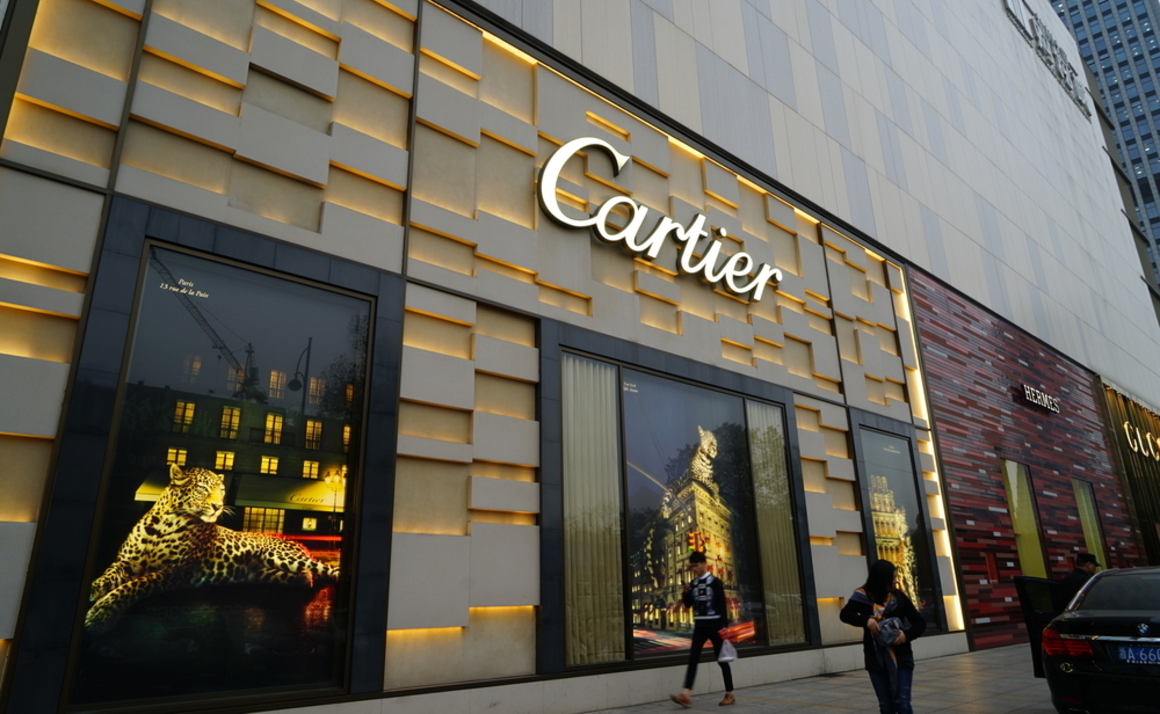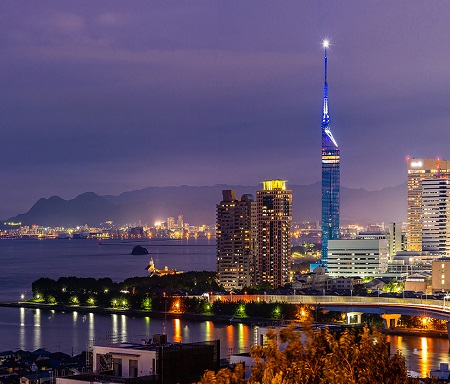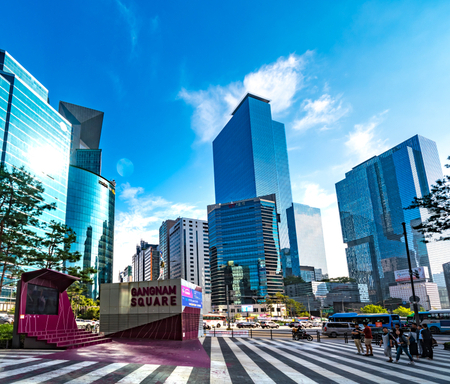
China leads the luxury retail revival
The development of a new CBD could bring the ancient city of Lahore into a new real estate era with a raft of modern buildings.
Luxury retail is recovering from the impact of the pandemic and China is leading the way, even as it continues to battle COVID-19.
Savills research shows that China accounted for 55% of all global luxury retail openings in 2021, while the rest of Asia accounted for only 10%. China’s share of new outlet openings was up on the pre-pandemic year of 2019.
Simon Smith, head of Asia Pacific research and consultancy at Savills, says: “China’s luxury goods consumers have been unable to travel for two years, so are spending their wealth at home. Lower tariffs on overseas luxury goods will also encourage more brands to open in China.”
Research from Bain & Company found that 21% of global personal luxury goods spend took place in China in 2021. Chinese spending on luxury goods rose 36% to RMB471 billion in 2021, from 2020. Total sales have almost doubled since 2019.
Nick Bradstreet, head of Asia Pacific retail at Savills, says: “Tier-2 cities have outperformed their tier-1 counterparts for luxury store expansion last year. Looking forward, we expect markets beyond the top tier will continue to offer some exciting opportunities with developments completing in Wuhan, Chengdu, Hangzhou, Nanjing and Xi’an.”
Bradstreet also cited the emergence of duty-free shopping as an important driver of luxury retail sales. “We see a lot of retail potential in Hainan as the island is expected to turn into a free-trade port by 2025,” he says. Hainan’s total duty-free sales soared by 84% to RMB 60 billion in 2021. Hainan has 10 duty free stores, with 220,000 sq m of floorspace.
Overall in Asia Pacific, retail markets are divided between those where domestic activity has driven a recovery as the pandemic eased and those which have suffered due to the lack of tourism and travel.
Compared with 2019, rents in Chinese and Vietnamese cities, where business activity levels have remained robust despite periodic disruptions, have risen. Beijing (3.4%), Shanghai (13.1%), Guangzhou (10.5%), Hanoi (4.3%) and Ho Chi Minh City (0.4%) have seen modest growth in rents over the past two years. Meanwhile, the laggards which include Singapore (-28.4%), Hong Kong (-26.3%), Seoul (-19.5%), and Tokyo (-16.1%).
The outlook for both luxury goods and the wider retail market is much the same for the rest of 2022. International travel has been sluggish to return and markets including Hong Kong and Japan remain effectively closed. The success of markets such as Seoul and Hong Kong is also dependent on the return of tourism from Mainland China, as well as their own restrictions.
“The development of the ongoing Omicron infection waves and vaccination progress will have a significant bearing on the normalisation of retail and travel activity, which may result in further regional divergence,” says Smith. “Domestic tourism will be the main support for retail around the region until 2024.”
Contact Us:
Simon Smith | Nick Bradstreet



